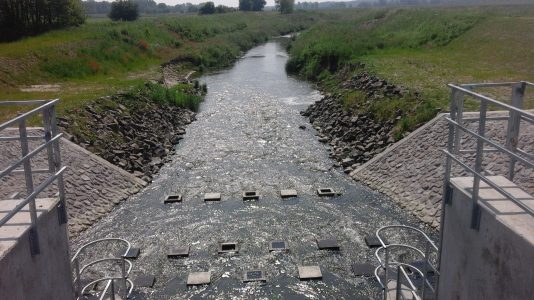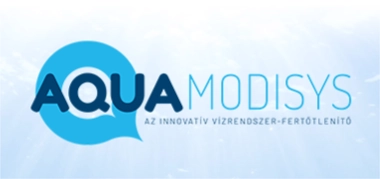
ENVIRONMENTAL SUSTAINABILITY IN THE 21ST CENTURY
The biggest challenge of our century, as demonstrated by the 2019 World Water Summit in Budapest, is the drama of three forms of imminent water crisis, the scarcity of water, the too much water and the polluted water.
In order to prevent the water crisis, it is necessary to switch from the intensive landscape and water management to ecological or sustainable landscape and water management. The first step in this is to get to know the traditional natural and social environment of the landscape. To this end, the prehistoric conditions, the effects of historical and cultural events, the role and place of man in the landscape must be examined.
As water is a central element of landscape management, plans must be made for the management of water entering the area in a natural way.
In the entire planning area, it is necessary to develop such land use forms, that can help retain water in areas with poor water supply and extreme water management and at the same time create a landscape with unique image that can be preserved in the long run.
Drainage areas are particularly suitable for creating this “image”, because only in these can the water retention system be impemented, which is the basic structure of water management.
During the planning, we pay special attention to the technology of “benefits” belonging to each possible management method, the potential productive capacity of the planning area, the economic environment of implementation and maintenance, especially fishing / reed management, beekeeping, forestry and forest products, other goods, large game stocks, grassland management, animal husbandry, collection of herbs and handicraft materials.
SERVICE BENEFITS
- expert support
- integrated design
- full complexity
- high level of professional knowledge and preparedness
- 25 years of experience in similar procedures
FIELDS OF APPLICATION
- regional development
- economic development
- water management
- tourism
REFERENCES
- Ancient-Dráva Program: Water for the Revival of Ormánság (Preliminary Feasibility Study, Ormánság Development Association, 2005)
- Complex rehabilitation and regional development of Ormánság (Hungarian Office for Regional and Regional Development, 2005)
- Working together to boost Ormánság – INTERREG III / A (Ormánság Development Association, 2010)
- Planning for water retention and land use change in the Ős-Dráva program (OVF, 2017-21.)




















